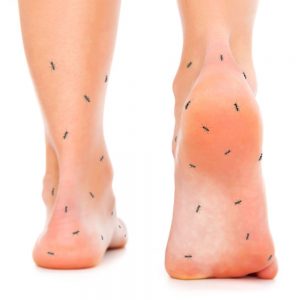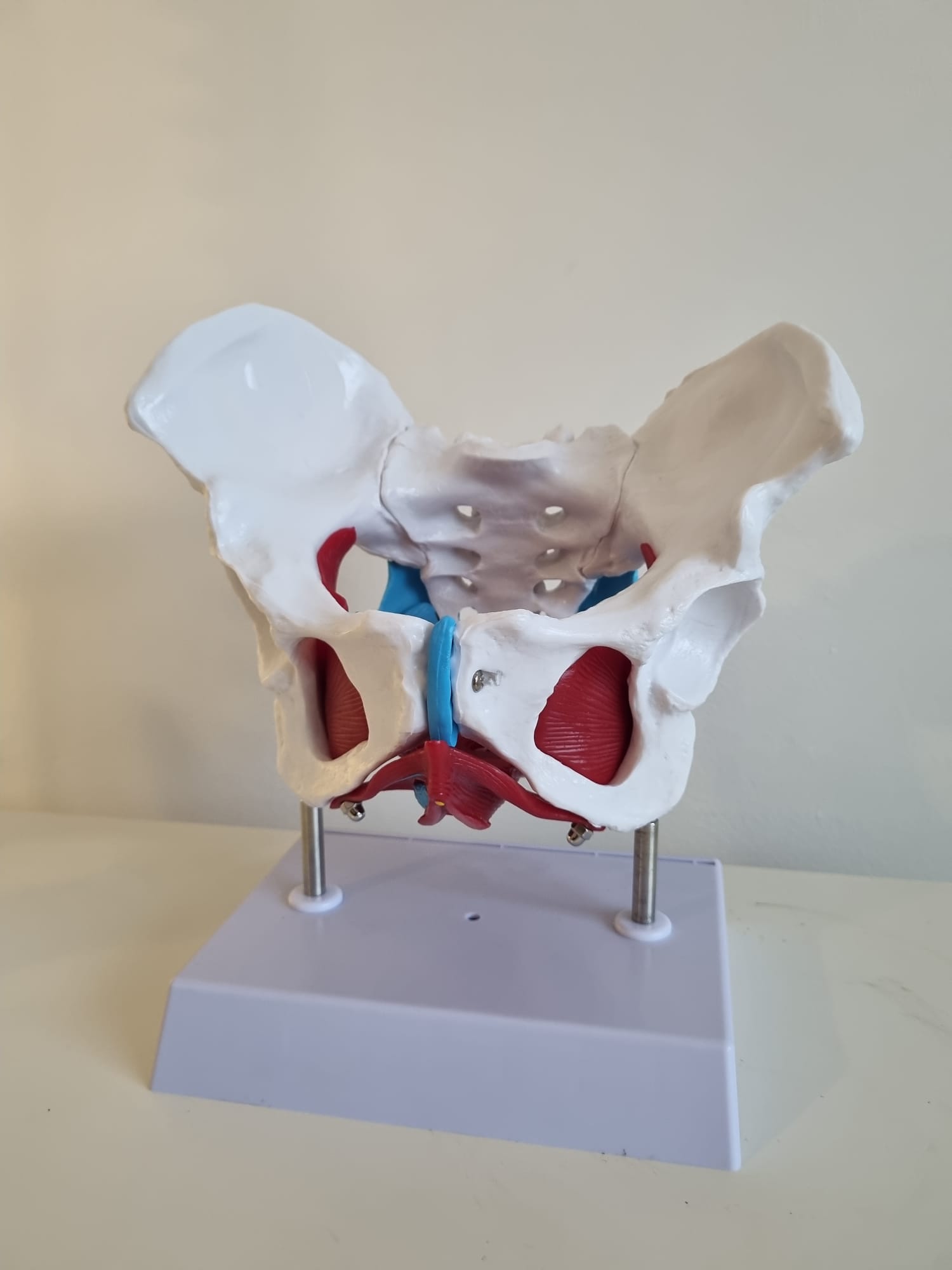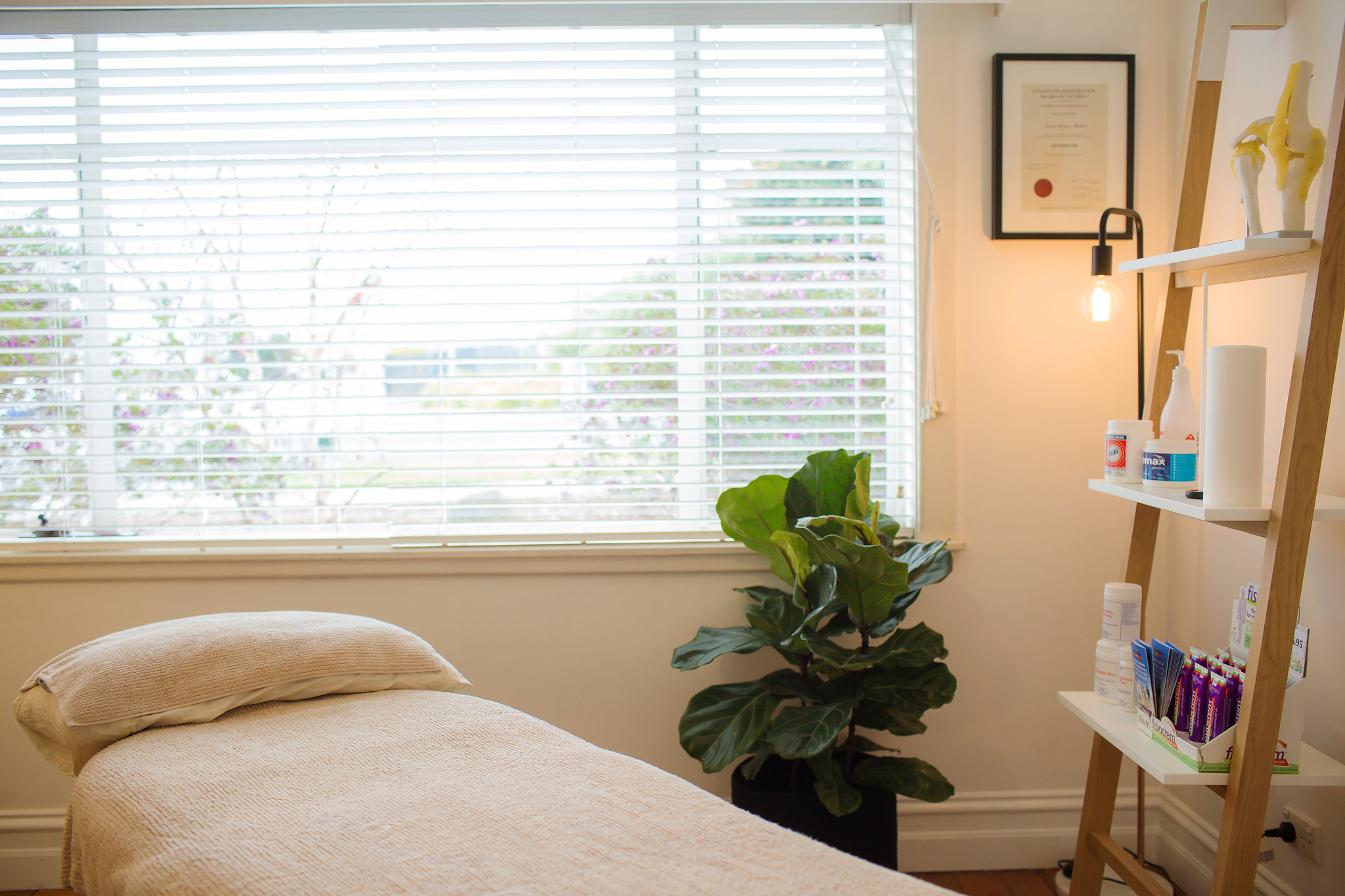
Dynamic Stretching
Dynamic Stretching vs Static Stretching??
We have done a few blog posts on different types of stretches. This blog will explain the difference between static and dynamic stretching and the most appropriate time to do them.
With any movement based activities it is always wise to complete appropriate stretches for the activity you are about to participate in and then cool down after the activity.
Why should we do this?
It doesn’t matter what stage of life you are at, it helps decrease the chance of injury from occurring and helps you recover after doing exercise.
So, What is DYNAMIC Stretching?
Dynamic stretching, as it’s name suggests, are slow and controlled movement based stretches. They are designed to gently move your muscles and joints through to their optimal length and range of motion, increasing blood flow to the activated muscles. A warmup of a 5 minute walk or a light jog is suggested before completing the stretches. The dynamic-stretches are specific movements associated with that activity, for example, thoracic rotations (twisting movements) before playing golf, or knee lifts before sprinting. It is important that you are focusing on what movements you are doing and associating them with the activity you are about to partake in.
What is STATIC Stretching?
Static stretching is a stretch that is held for 20-30 seconds and sometimes longer for a cool down. For example the calf stretch we covered in one of our previous blogs https://www.holisticbodyworks.com.au/2018/02/19/calf-stretches/
Static stretches are shown to help calm the body and help the muscles relax and increase the range of movement within a muscle. This can help reduce muscle soreness after an activity.
Tips to remember when stretching are;
- Always warm up before stretching – whether it be a walk, slow jog or jumping on a bike for 5 minutes
- For Dynamic Stretching – repeat each movement 10-20 times in a rhythmical motion
- Hold Static stretches where there is some mild tension. You should not feel pain when you stretch and if you do, you need to stop the stretch and try again in a shorter range.
If you would like to know what type of stretching is suitable for you and which stretches you should be doing contact the clinic today to make an appointment with one of our friendly Osteopaths or Myotherapists for an assessment.





